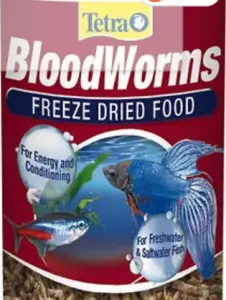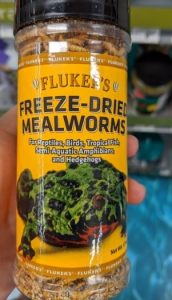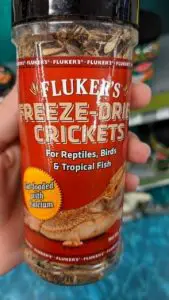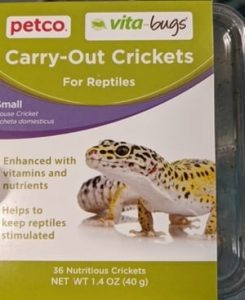There is some misconception about what Venus flytraps can consume. Some people believe meat or hamburger are suitable meals for their plant. However, there are some better options.
Venus flytraps are carnivorous plants; they can consume meat from insects or more complex animals such as small birds, frogs, or lizards. Even though Venus flytraps are capable of consuming meat from several sources, the most suitable food options are insects and spiders.
Venus flytraps are unique plants. They can consume meat! But, should you feed your plant with hamburger meat? or maybe chicken? In this article, I will explain why some food options are better than others and ultimately introduce you to the best food options.
Can Venus Flytraps Eat Meat?
Venus flytraps can consume meat. They are carnivorous plants, not solely insectivorous plants. In the wild, the diet of a Venus flytrap relies mostly on insects. Still, on rare occasions, they might capture other beings such as small amphibious or birds. Some plants might digest complex organisms, but their effectiveness will depend on the plant’s size.
Since Venus flytraps are small plants, they never capture large organisms. Adult traps reach a size of 1 inch, which is big enough to capture a wide variety of bugs, but not large animals.
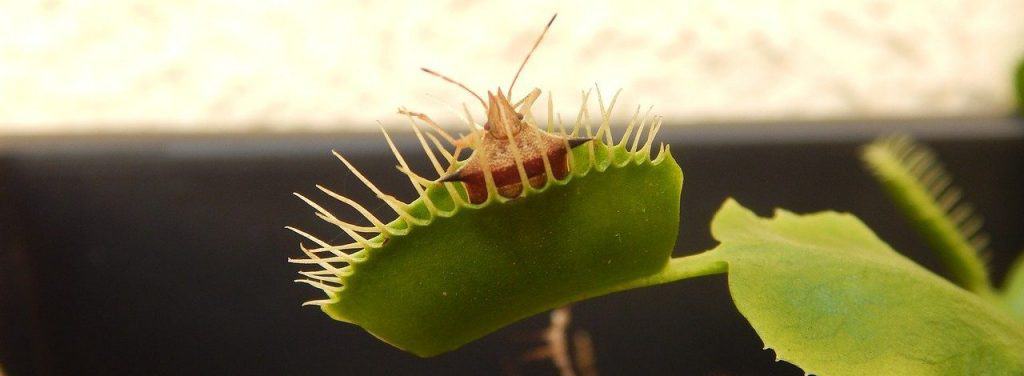
When a Venus flytrap captures any prey, the plant starts producing enzymes and digesting the prey inside its leaves. The plant’s objective is to obtain nutrients from the prey and supplement its diet.
Venus flytraps could have evolved to exhibit larger traps. But instead, they grew to develop a successful trapping mechanism with small traps. Even though Venus flytrap can consume flesh, they can fulfill all of their nutritional needs by consuming bugs.
What Happens When You Feed Meat to Venus Flytrap
Some Venus flytrap owners experiment by feeding their plant with meat, either raw or cooked. However, none of those options are beneficial for the plant.
Usually, a Venus flytrap captures prey and start digesting it right away. The digestion process is lengthy. The plant takes weeks breaking up the victim. Sometimes the plant is unable to digest the prey in an acceptable amount of time. In that case, the plant loses interest. Then, the trap containing the food will start to wither and die.
Venus flytraps lose leaves when they consume a bug that is too big for them. Also, when they are unable to process the food due to their composition. Feeding your plant with raw meat or hamburger meat will kill one of its leaves.
It is not the end of the world when a Venus flytrap loses a single leaf. Still, continuing this practice can kill more leaves and weaken the plant substantially. Also, the withered leaf containing the piece of meat can attract pests such as mold or fungus (this is how you can get rid mold in the soil) (this is how you can get rid mold in the soil) .
In the wild, a withered leaf containing a rotting insect will decompose quickly. Microorganisms in the ground start feeding in the rotting victim until it disappears. At home, it can take months or even years for a piece of meat to decompose on its own. The rotting food will not only attract pests that can harm the plant, but it will stink.
If you are growing Venus flytraps indoors, it will be a big struggle to deal with the potential smell of rotting food. Eventually, you will have to trim the plant and remove the source of the odor.
Main Takeaway: As a general practice, feeding meat to a Venus flytrap is not the best option. Even though cooked or raw meat provides nutrients, there are more negatives than positives for employing meat as a food source. The plant will lose leaves, and the unprocessed food will attract pests.
What About Other Human Food
Meat is not the best food source for Venus flytrap, but what about human food such as chicken, candy, fruit, or rice? I have not tried to feed my plant with any f those foods. But after doing some research, I have found people that have experimented with chicken. All of them obtain the same results: just like with cow-meat, Venus flytraps cannot process chicken complete and therefore lose leaves, and the food continues to rot.
On their core, Venus flytraps are not designed to consume human food. Some contain excessive amounts of protein, others too much sugar. Regardless of the reason, it is not recommended to feed human food to a Venus flytrap. It creates a lot more problems than solutions.
Still, if you were curious and wanted to experiment with meat, for example, I would suggest employing a tiny piece of it to feed the plant. By saying tiny, I refer to a piece that is maybe 1/5 of the size of the trap. Then, you have to keep an eye on the leaf you fed. Observe it for the next weeks. If it withers (which is the most likely probability), trim it with some scissors to prevent pests and unwanted odors,
The Most Suitable Food Options for Venus Flytraps
Human foods are not suitable options for Venus flytrap. But as an owner, you might still be interested in feeding it. In this section, I will introduce you to the most suitable food options for Venus flytraps.
Venus flytraps can easily consume almost any type of insect or spider they can capture. They commonly consume flies, crickets, ants, slugs, caterpillars, mosquitos, beetles, and spiders. For example, in the wild, Venus flytraps capture a large number of ants.
At home, you have two options for feeding your plants:
- If your plant is outdoors, there is no need to worry about feeding it. Outdoors, Venus flytraps have plenty of access to feed. They do not need humans to assist. Still, you might want to feed your plant for the fun of it (some people enjoy feeding carnivorous plants, others bear it, and others hate it!). It depends on your taste.
- Your plant might live indoors where has no or little access to bugs. In that case, you should consider feeding it to supplement its diet.
Venus flytraps do not need to consume bugs to survive, but feeding the plant will provide an extra boost for their diet. Plants that have access to feed exhibit fast growth rates and healthier appearances.
Venus flytraps can consume dead of live bugs. Some of the best food options for Venus flytraps and carnivorous plants, in general, are crickets, mealworms, and bloodworms. Live or dried crickets are commonly sold in pet stores. Dried up mealworms and bloodworms are also common in pet stores. These three options are very economical. A large container of bugs costs less than $10 and can at you for years. Also, these options are all highly nutritious due to their high protein content. And, Venus flytraps can easily digest these bugs without issues.
There are some critical differences between employing live or dead feed to a Venus flytrap. This article contains the step by step instructions on feeding dead and live prey to a Venus flytrap: Venus Flytrap Feeding Guide . Make sure to review it. The process varies slightly, but significantly.
. Make sure to review it. The process varies slightly, but significantly.
The Basics of How to Feed a Venus Flytrap
Before you feed your plants or buy the insects you will employ, I would suggest reviewing the complete Venus flytrap Feeding Guide . But, to get you started, I have summarized the basics of feeding a Venus flytrap in this list:
. But, to get you started, I have summarized the basics of feeding a Venus flytrap in this list:
- For best results, only feed Venus flytraps with insects or spiders. Avoid human food!
- You can employ live or dead bugs for feeding. Live bugs are challenging to handle, and dead bugs require a few extra steps.
- Outdoor Venus flytraps do not need to be fed; they can capture their own prey.
- Employ small bugs for feeding that can fit entirely inside the leaves. A good rule of thumb is to select insects that are 1/3 of the size of the trap or smaller.
- Only feed the plant once every four to six weeks.
- When feeding the plant, only feed one trap of the whole plant at a time.
- In the winter, during dormancy, Venus flytraps do not need to consume any bugs

